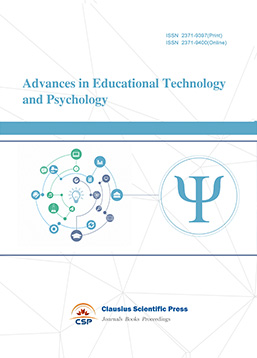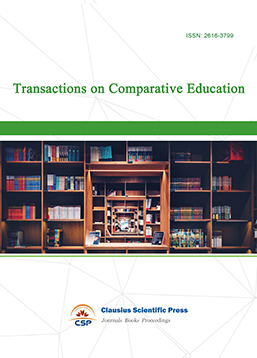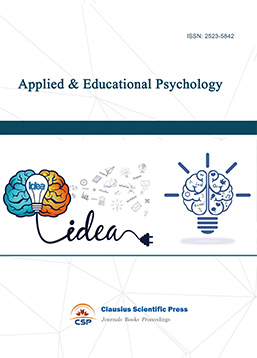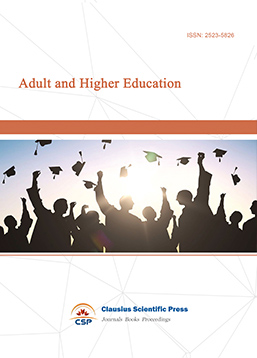Research on Language Problem Diagnosis and Optimization Schemes in Adolescents' Recitation Training Based on AI
DOI: 10.23977/curtm.2025.080809 | Downloads: 5 | Views: 173
Author(s)
Tiantian Wang 1, Yi Dai 1, Luqi Zhao 2
Affiliation(s)
1 City University of Macau, Macau, 999078, China
2 Wuhan Optics Valley Tangxun Lake School, Wuhan, Hubei, China
Corresponding Author
Tiantian WangABSTRACT
Within this analytical framework, recitation emerges as a pivotal method for linguistic expression and comprehensive literacy development, demonstrating unique educational value during adolescents' language acquisition. However, traditional recitation training approaches exhibit limitations such as monotonous formats, delayed feedback, and lack of personalized support, often resulting in pronunciation errors, unstable intonation, superficial semantic comprehension, and weak pragmatic transfer abilities in young learners. To address these challenges, this study proposes constructing a diagnostic and intervention model for language issues in recitation training using artificial intelligence technologies—including speech recognition, semantic analysis, and multimodal interaction systems—while exploring its theoretical significance from an hermeneutic perspective. The model aims to respond to current concentrated attention on typical language barriers in recitation, further developing dynamic feedback mechanisms and systematic training restructuring strategies. Guided by cognitive development theories, these mechanisms and strategies not only align with the inherent characteristics of adolescent language acquisition but also provide theoretical foundations and practical pathways for intelligent language education, charting a clear developmental trajectory.
KEYWORDS
Artificial Intelligence; Adolescent Recitation; Language IssuesCITE THIS PAPER
Tiantian Wang, Yi Dai, Luqi Zhao, Research on Language Problem Diagnosis and Optimization Schemes in Adolescents' Recitation Training Based on AI. Curriculum and Teaching Methodology (2025) Vol. 8: 66-71. DOI: http://dx.doi.org/10.23977/curtm.2025.080809.
REFERENCES
[1] Feng, J. (2025). How artificial intelligence empowers elementary students' recitation and expression. Reading, Writing and Arithmetic, (30), 55–57.(In Chinese)
[2] Jiao, Q. (2020). A study on the representation of paralinguistics in broadcasting and hosting recitation expression-Based on recitation guidance and teaching practice. Audiovisual, (11), 129–131.(In Chinese)
[3] Xie, R. (2020). A preliminary study on strengthening narrow paralinguistic training in middle school Chinese oral communication teaching (Master's thesis, Shanghai Normal University). Master 2020.000118.(In Chinese)
[4] Xu, H. (2023). Phonetics for Broadcasting and Hosting [M]. Communication University of China Press, 214.(In Chinese)
[5] Nie, H. (2020). Guidance on Recitation and Storytelling [M]. Nanjing University Press, 251.(In Chinese)
[6] Gu, X. (2013). Recitation: Let children's hearts leap with vitality. Examination Weekly, (64), 38.(In Chinese)
[7] Wang, D. (2012). Children's Language Arts Course [M]. Central Compilation and Translation Press, 253.(In Chinese)
[8] Zhang, S. (2007). Poetry Recitation [M]. Communication University of China Press, 281.(In Chinese)
| Downloads: | 40570 |
|---|---|
| Visits: | 1775615 |

 Download as PDF
Download as PDF



